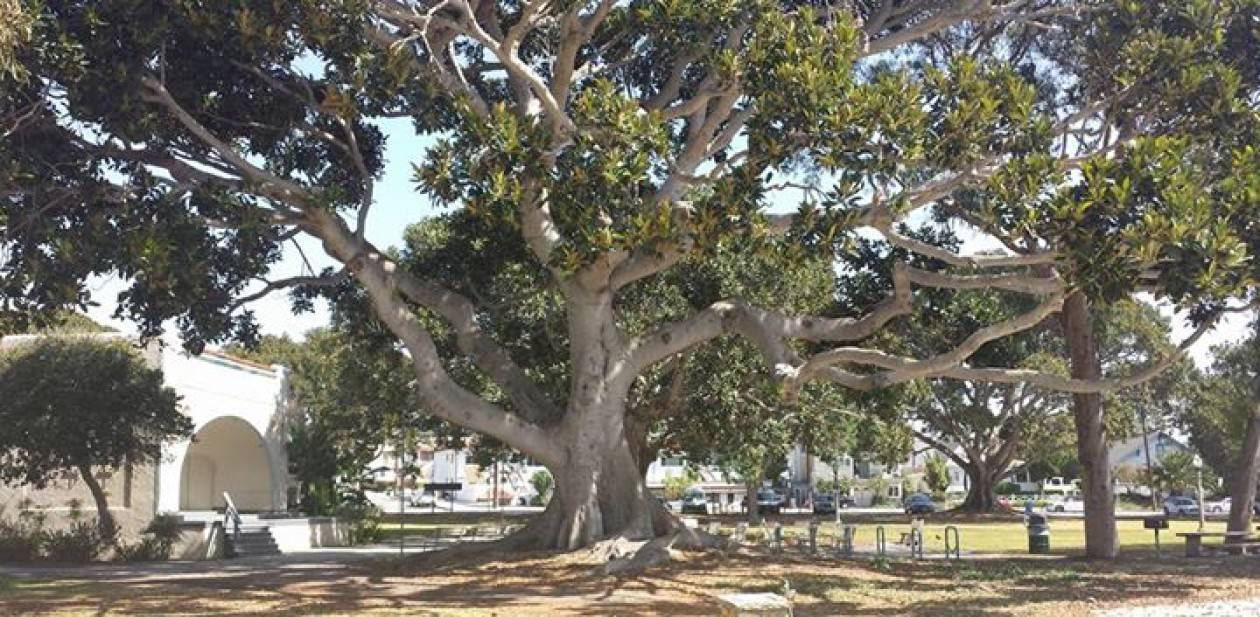Photo by Dallas Reedy on Unsplash
In this episode of my ongoing series, All You Ever Wanted To Know About Bungalows, I thought it was time to take a look at bungalow landscaping. Just like any yard, it can be anything you want it to be. I love preservation and so nothing makes me happier than to see a yard that stays true to the period of the house and supports the authenticity of the project at hand. So what does that mean in bungalow terms? Well, to answer that question, I had to go back in time and review what people did with their yards one hundred and fifty years ago when the craftsman architecture began to emerge. What were people doing with their yards back then and did many people even have them? The answer to the latter part of the question is a resounding yes. Your garden was important during this era. This was a time when there was no accessible technology. Only scientists were accessing that world and preparing it for commercialization. Owning, designing and presenting your garden were entertainment.
Photo by Loverna Journey on Unsplash
As the Craftsman movement emerged in California, adherence to the core concepts espoused by it’s English founders John Ruskin, William Morris and Augustis Pugin created a very different style of living from the accepted mores of the time. The style represented an economic and social reform that was anti-industrial. Thus, you had homes that emphasized natural materials and a layout that promoted the health of it’s inhabitants. Artistic influence was key. Acknowledging the natural creativity of the human being and utilizing this to construct the home. Beauty with intelligence was the key concept of the Craftsman architecture. Utility and reliable construction were more important than ornamentation, because what came naturally was considered ornamentation in itself.
A traditional Craftsman landscape would include a lawn in the front and ended there. Traditionally, lawnm did not surround the home. The majority of bungalows were small and would have a smaller lawn. Trees were important and the Roosevelt Pine with it’s drooping limbs and fan like foliage added grace and a touch of wilderness to the scene. Magnolia trees were also great for shade and beauty. There would most likely be roses in a welcoming position near the pathway to the front door or at the front porch itself. Other popular plantings were wildflowers and native plants. Lilac was a favorite tree. Cactus and bougainvillea were utilized as well. The spiritual myrtle was well loved and creeping fig too.
The backyard was more rustic and usually there was a vegetable garden filled with tomatoes, cucumbers, potatoes, beans, spinach, chard and kale. Benches and birdbaths were popular. Paths lined with large natural stones were also part of the more rustic landscaping. It was all about incorporating nature and maintaining a earthy and inviting setting.
Fast forward the present. Here we are in 2018, weather patterns are changing and changing the life cycle of plants. Climate change has been recognized by brilliant scientists across the globe. The topic is controversial; it’s causes and how the human race will move into the future and live in harmony with the changes occurring. Current recommendations in Southern California are to go with drought resistant plants. These also make a welcoming and gorgeous landscape. These were already used in the past to a lesser degree, but now we are encouraged to let our lawns go to save precious water. Utilize plants that are hardy and need small amounts of watering. Several homes in my historic neighborhood have embraced this movement and their yards look amazing. This gardening concept is slowly taking hold, but has a significant presence.
Photo by Adolfo Félix on Unsplash
The last addition to be made to a Craftsman garden is rustic lawn furniture. Furniture made of tree canes blends well into the naturescape. A bird fountain to attract feathered friends. In the larger, grander properties, Koi ponds were popular.
Photo by Ashwin Vaswani on Unsplash
Craftsman culture encompasses the love of the outdoor space and it’s importance cannot be diminished. Whether it be carefully designed and executed; or left to nature, the Craftsman architecture inspires a creative and beautiful outdoor space. Head out soon to any historic district in Southern California, especially the Inland Empire and you will find no end to the beautiful examples of classic Craftsman landscaping.
Photo by Jørgen Håland on Unsplash
Meaningful Green:
Magnolia trees (Magnoliaceae): Symbol of feminine strength, faith, beauty, gentleness, purity and nobility.
Myrtle (Mertus) Symbol of beauty, love, paradise, sweetness, justice, divine generosity, peace, and recovery.
Cactus (Cactaceae): warmth, protection, endurance and maternal love.











